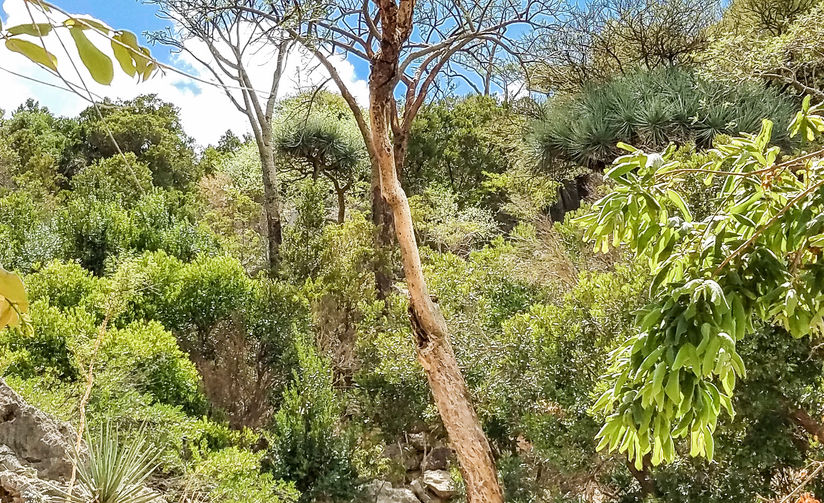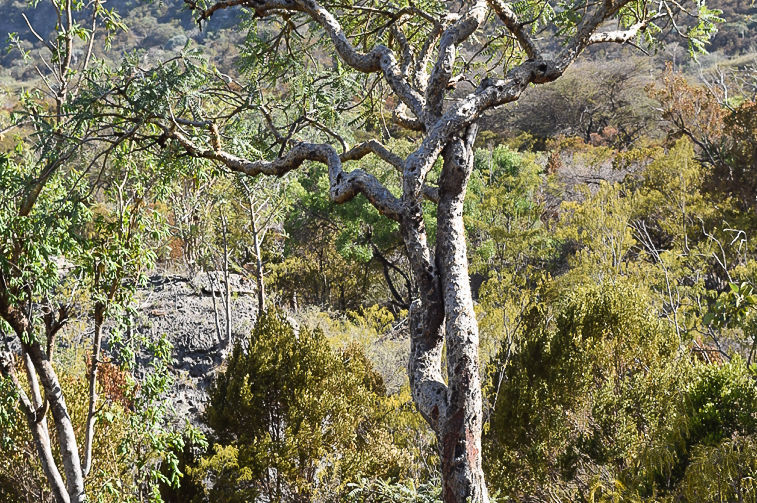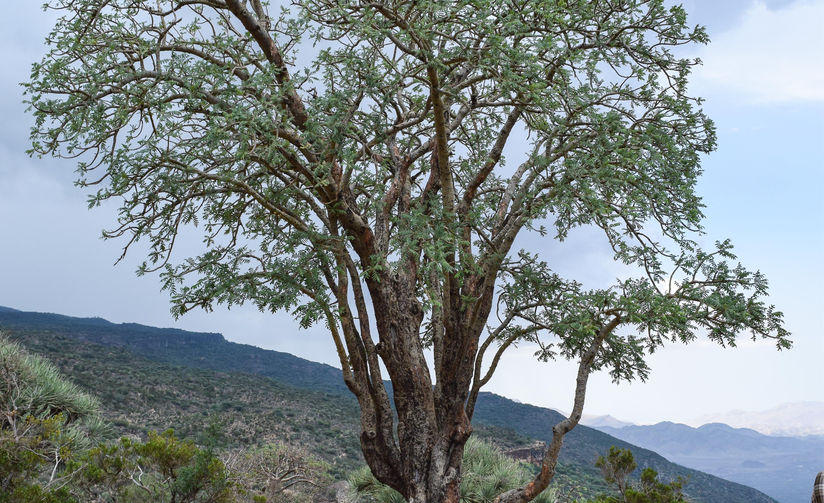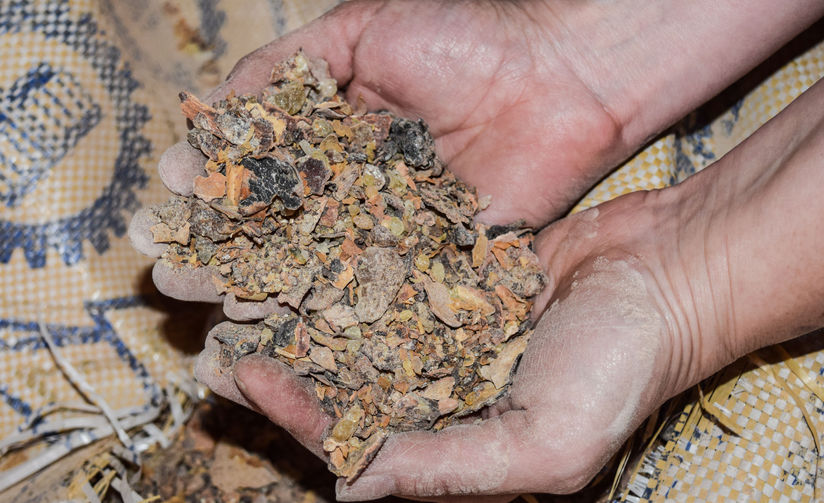
PHOTO GALLERY
Frankincense
GALLERY OF
Well Managed Trees
Healthy, well-managed carterii trees. Note the small number of taps on each tree in the images.
Well-managed trees are part of a healthy ecosystem in the Cal Madow, Gollis Mountains.
GALLERY OF
Poorly Managed Trees
These are variety of examples of trees that are in decline due to over-tapping, over-harvesting and a variety of environmental factors. Each of these trees shows their stress in a number of different ways. See the images for more details.
GALLERY OF
Dead Trees
These trees to the left have been killed as a result of over harvesting and tapping done to them.
GALLERY OF
Growth Forms
Many Boswellia carterii trees grow in a conical canopy pattern.Other Boswellia trees form an umbrella canopy. These are the two distinct ways in which Boswellia Carterii Trees grow.
GALLERY OF
Dry vs. Wet Ecosystems
Both carterii and frereana trees grow in dry areas, typically lower in elevation and/or west of the Cal Madow escarpment. Carterii trees prefer wetter ecosystems, higher in elevation on the main escarpment with high levels of rainfall and fog. Frereana trees do not grow in this ecosystem.
GALLERY OF
Carterii vs. Frereana
Boswellia carterii trees differ from Boswellia frereana trees in a number of ways. Frereana trees have leaves that undulate and are lighter green than carterii trees. Frereana almost always have multiple trunks and grow in a vertical cone. Frereana trees grow between 5-500m in elevation, whereas carterii trees prefer the 500-1400 band and need more water than carterii trees.
Frereana leaves are lighter green and show characteristic curls. PC: Monterey Bay Spice company. Carterii leaves are darker green and do not curl.
GALLERY OF
Resins
Small pieces of bark are often removed when the resin is harvested. Too much bark is damaging to the tree and indicates poor harvesting practices.
Resin comes in many different colors and shapes. Some tears are milky, while some are clear. Resins may be yellow, white, or red.
Resins from the damaging winter harvest tend to be extremely sticky and clump together. The resin is lower quality than the summer harvest.
Resin from the summer harvest, by contrast, is much less sticky and tends to come in small pieces. This resin is high quality.
GALLERY OF
Collaborative Process
Working with local landowners, harvesters, and community leaders is critical to this project. Creating sustainable systems means combining scientific approaches with traditional ecological knowledge for the benefit of the trees and all the people who depend on them.
Government organizations like the Ministry of Environment are also important for the sustainability of the frankincense industry. We have been working closely with the Minister together with the Chiefs and Elders of the Sanaag region.


















































